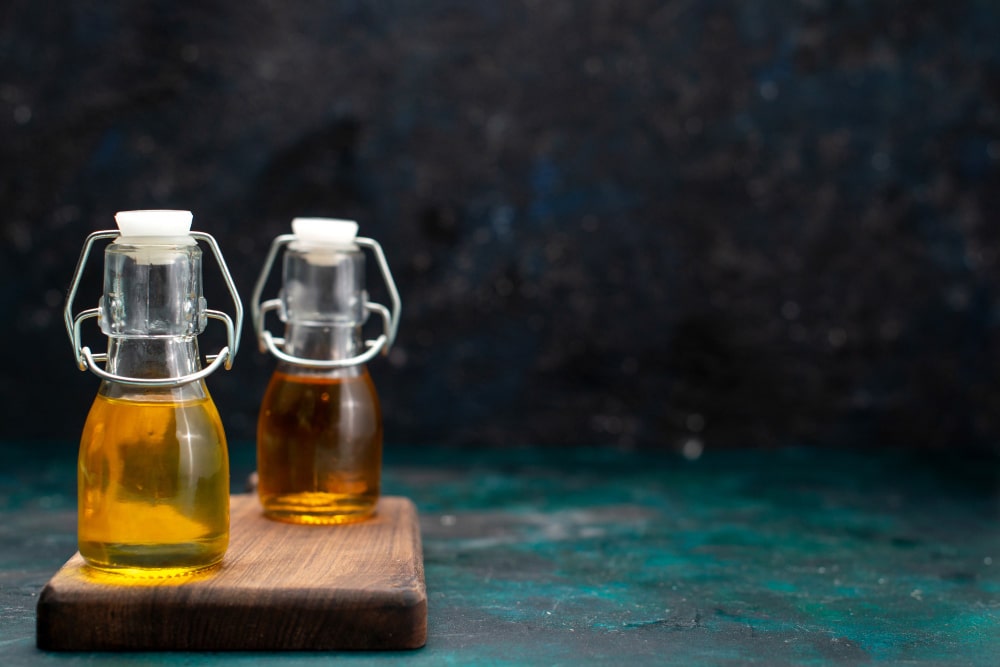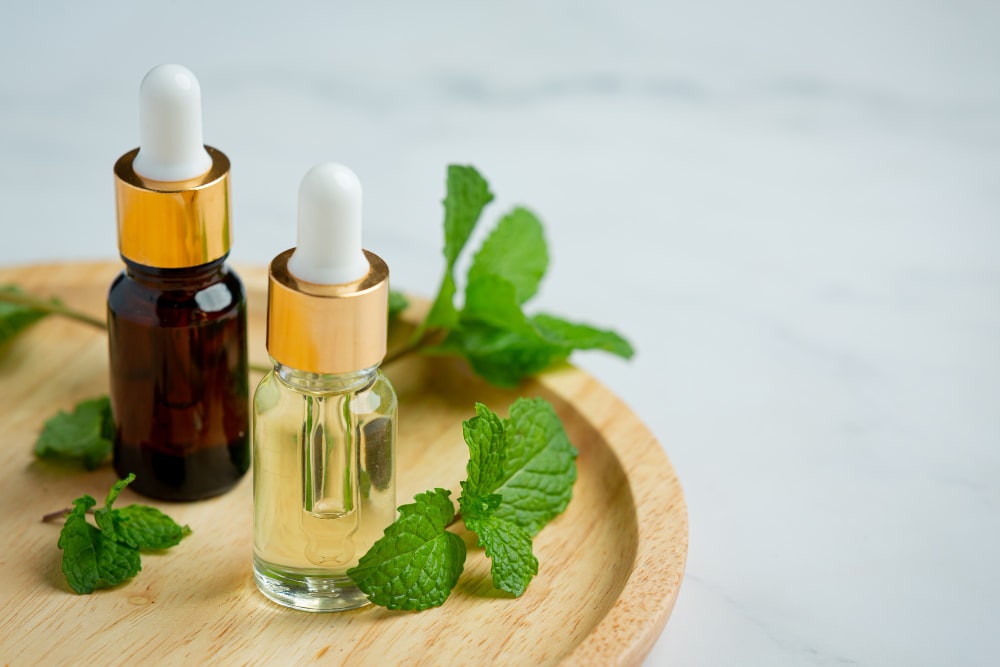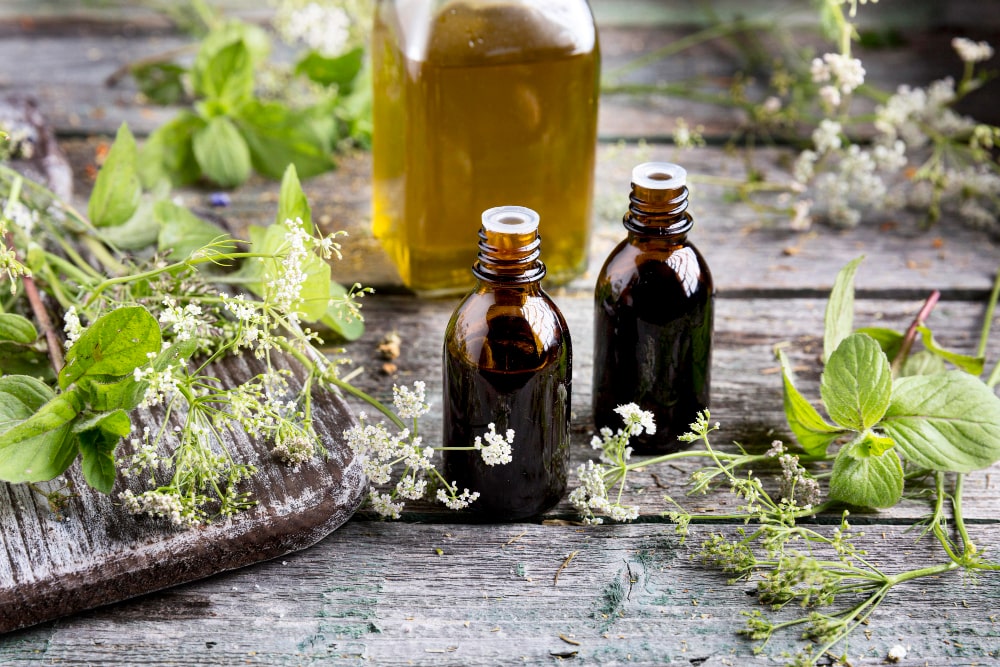Essential oils have been used for centuries to help provide relief from pain and discomfort. The use of essential oils dates back thousands of years, with evidence of their uses found in documents all over the world. From ancient Egypt to India, people have relied on essential oils to boost their health and well-being. Today, essential oils are becoming more and more popular for their many health benefits, and one of the most promising uses is for pain relief.
Essential oils are natural, concentrated compounds extracted from plants. They’re highly potent and offer a variety of therapeutic effects that can help reduce pain and inflammation in the body. Essential oils target receptors on nerve cells to block signals that cause pain while reducing swelling and inflammation.
In this article, we’ll discuss what essential oils are, their benefits for pain relief, the top essential oils for pain management, and how to use them safely. Read on to learn more about using essential oils to relieve your pain naturally.
What are Essential Oils?
Essential oils are plant compounds derived from various parts of plants, including flowers, leaves, stems, roots, and bark. This potent liquid contains many beneficial compounds that can offer various health benefits when used properly. When inhaled or applied topically to the skin, essential oils can help reduce pain and inflammation.
Essential oils have also been used for centuries to treat various ailments, including pain relief. They’re believed to work by targeting receptors on nerve cells, which then block signals that cause pain and reduce inflammation in the body.

Read More: Vitamins That Help with Weight Loss: Everything You Need to Know
The Benefits of Essential Oils for Pain Relief
There are many potential benefits to using essential oils for pain relief, including:
- Fast-acting relief – Essential oils can offer fast-acting pain relief due to their high concentration of active compounds.
- Non-invasive treatment – Essential oil treatments are non-invasive compared to other forms of medical treatment and can be used in the comfort and safety of your home.
- Drug-free option – Essential oils provide a drug-free alternative to traditional pain medications.
- Natural healing – Essential oils provide natural healing and can help boost your overall health and well-being.
Top Essential Oils for Pain Relief
Many essential oils have been used for centuries to help relieve pain. Here we discuss the top essential oils for pain management:
1) Lavender Oil – Lavender oil has long been known for its calming and relaxing effects, but it can also help to reduce pain when applied topically.
2) Peppermint Oil – Peppermint oil helps to reduce pain and soothe inflammation with its cooling sensation. It’s believed to work by targeting nerve receptors that cause pain and inflammation.

3) Eucalyptus Oil – Eucalyptus oil helps to reduce inflammation and pain due to its anti-inflammatory properties. It’s also thought to help relieve headaches and muscle aches when applied topically to the skin.
4) Rosemary Oil – Rosemary oil is a powerful antioxidant that helps to reduce inflammation and pain in the body. It’s believed to work by reducing the production of certain chemicals that cause pain and inflammation.
Read More: Essential Oils for Sinus Infection: Quick Healing Naturally
5) Chamomile Oil – Chamomile oil has been used for centuries for its calming, soothing effects, but it can also help to reduce pain and inflammation.
6) Ginger Oil – Ginger oil is a powerful anti-inflammatory agent that helps reduce pain and swelling in the body. It has a warming sensation when applied topically, which can help ease discomfort from arthritis or muscle aches.
7) Frankincense Oil – Frankincense oil is a natural pain reliever that helps to reduce inflammation and pain in the body.
8) Helichrysum Oil
Helichrysum oil is a powerful anti-inflammatory agent that helps to reduce pain and swelling in the body.
9) Marjoram Oil – Marjoram oil is a natural pain reliever that can help reduce pain and inflammation when applied topically to the skin.
10) Cypress Oil – Cypress oil is a powerful anti-inflammatory agent that helps to reduce pain and swelling in the body. It has been used for centuries as an analgesic, and it’s thought to work by targeting nerve receptors that cause pain and inflammation.
11) Wintergreen Oil – Wintergreen oil is a natural pain reliever that helps to reduce inflammation and pain in the body. It’s believed to work by targeting nerve receptors that cause pain and inflammation and reducing swelling in joints and muscles.
12) Yarrow Oil – Yarrow oil is a powerful anti-inflammatory agent that helps to reduce inflammation and pain in the body.
With a combination of these essential oils and carrier oils, you can create your custom blend to help reduce pain and inflammation in the body. By understanding how each oil works and combining them, you’ll find natural relief from pain without relying on over-the-counter medications or invasive treatments.
Read More: 5 Best Essential Oils for Ear Infection: Benefits, Uses
How to Use Essential Oils for Pain Relief?
When using essential oils for pain relief, it’s important to use them safely and correctly. Here are some tips for using essential oils safely and effectively:
- Dilute your oils – Essential oils should always be diluted with a carrier oil, such as coconut or almond oil, before being applied to the skin. This will help prevent irritation and ensure that you get the full benefits of the essential oil.
- Patch test – Before applying an essential oil to your skin, it’s important to do a patch test first. This helps ensure that you don’t have any adverse reactions to the oil, such as an allergic reaction.
- Follow instructions – Be sure to follow the directions on the label when using essential oils for pain relief. Different oils may require different concentrations or application methods, so follow the instructions carefully.
- Consult your doctor – It’s always a good idea to consult with your doctor before using essential oils, especially if you’re pregnant or have a medical condition. Your doctor can help advise you on the best essential oils for your needs and how to use them safely and effectively.
Using essential oils for pain relief can significantly reduce discomfort and inflammation without relying on over-the-counter medications or invasive treatments. By understanding how essential oils work and following the tips above, you can safely and effectively use them to find natural relief from discomfort.

Read More: 7 Best Essential Oils for Skin Tightening, Wrinkle, Blemishes
Precautions and Safety Tips:
It’s also important to take some safety precautions when using essential oils for pain relief. Here are a few tips:
- Do not ingest the oils – Essential oils should never ingest as they can be toxic.
- Don’t use undiluted oils on your skin – Only use diluted, carrier-based essential oils on your skin.
- Be aware of allergies – If you’re allergic to any of the oils, don’t use them and consult your doctor before using essential oils.
- Keep out of reach of children – Essential oils should be kept out of reach of children, as they can be dangerous if ingested or applied directly to the skin.
- Seek medical attention – If you experience any adverse reactions or side effects, seek medical attention immediately.
Following these safety tips, you can use essential oils safely and effectively to reduce discomfort and inflammation. With some knowledge and preparation, you can find natural relief from pain without relying on over-the-counter medications or invasive treatments.
Conclusion
In conclusion, essential oils can be great for finding natural pain relief without relying on over-the-counter medications or invasive treatments. With the right combination of these powerful oils, you can reduce inflammation and pain in the body. However, it’s important to remember to always use essential oils safely and correctly by diluting them with a carrier oil, patch testing, and following the instructions on the label. Additionally, it’s important to take some safety precautions, such as not ingesting essential oils or keeping them out of reach of children. By understanding how these oils work and taking the necessary steps for safe use, you can find natural relief from aches with essential oils.
Read More: Best Cranberry Juice for UTI: Remedy for Urinary Tract Infection
FAQs
A: Yes, essential oils can be a great tool for finding natural pain relief as long as they are used correctly and safely. It’s important to dilute the oils with a carrier oil before applying them topically, patch test, follow the instructions on the label, and take safety precautions such as not ingesting the oils or keeping them out of reach of children.
A: The effects of essential oils can vary, but they usually relieve aches for a few hours. Depending on the oil and how it’s used, the relief can last anywhere from a few minutes to several hours.
A: Some people may experience mild skin irritation or allergic reactions when using essential oils. It’s important to do a patch test before applying the oil topically. Additionally, it’s best to seek medical attention immediately if you experience any adverse reactions or side effects.
A: Essential oils should always keep out of reach of children, as they can be dangerous if ingested or applied directly to the skin. If you wish to use essential oils for a child. It’s important to consult with your doctor first and to dilute the oils before use.
A: In addition to essential oils, there are many other natural remedies for pain relief. Some of these include acupuncture, massage therapy, yoga and exercise, heat and cold treatments, and herbal supplements. It’s important to consult with your doctor before trying any of these alternative treatments.

